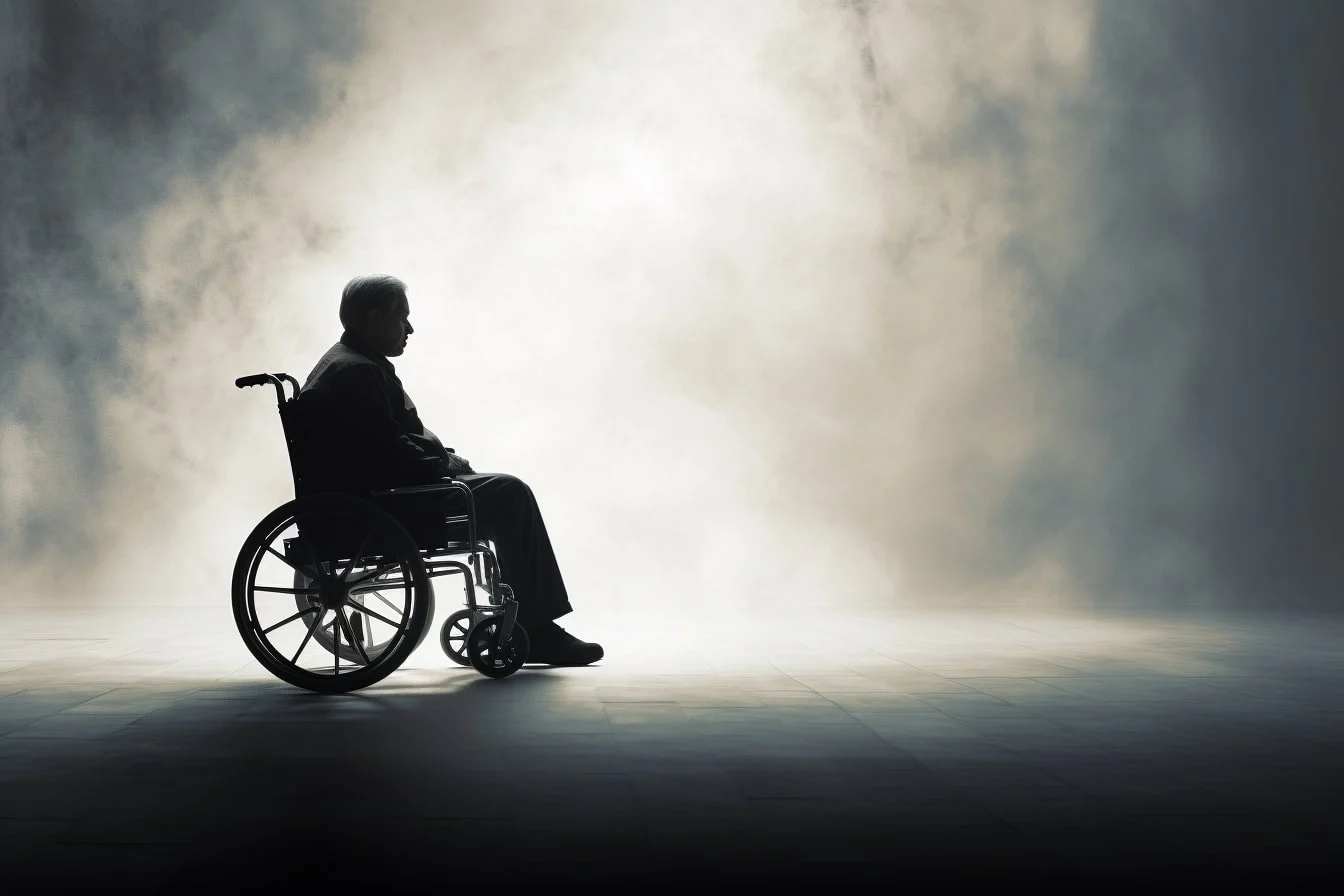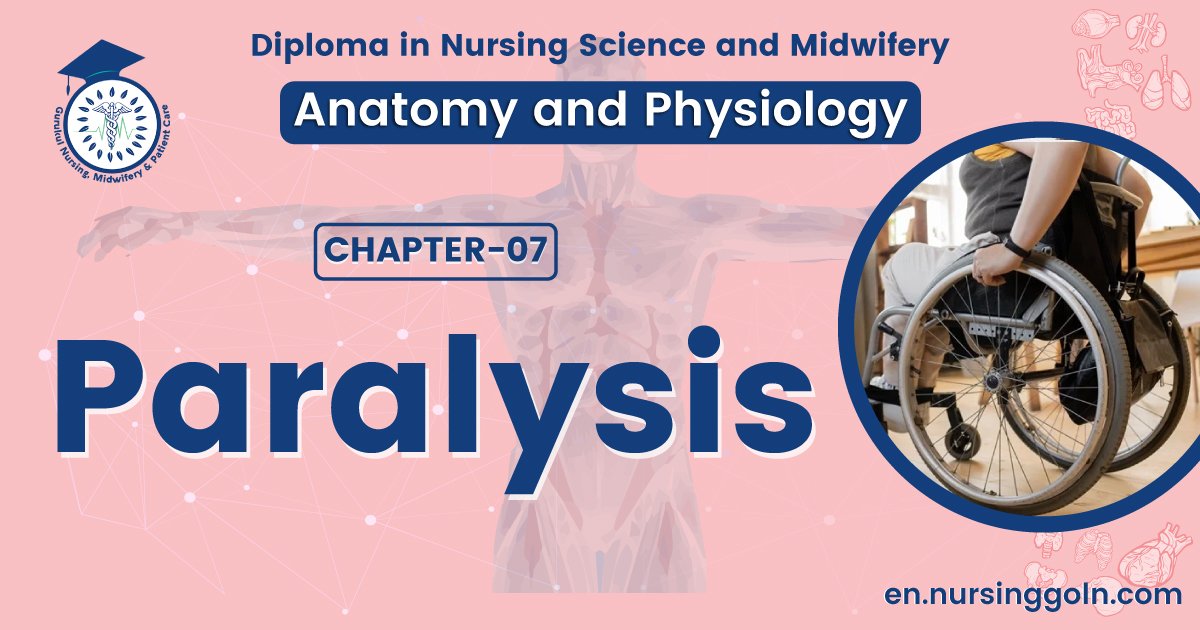Concept about Paralysis-The course is designed for the basic understanding of anatomical structures and physiological functions of human body, musculoskeletal system, digestive system, respiratory system; cardiovascular system; urinary system, endocrine system, reproductive system, nervous system, hematologic system, sensory organs, integumentary system, and immune system.The aim of the course is to acquire knowledge and skills regarding anatomy and physiology.

Concept about Paralysis
Paralysis (Greek, paralyein to disable):
Temporary suspension or permanent loss of function, especially loss of sensation or voluntary movement.
The paralysis is divided into two groups-
- Spastic type of paralysis due to upper motor neuron lesion.
- Flaccid type of paralysis due to lower motor neuron lesion
| Traits | Spastic paralysis | Flaccid paralysis |
| 1. Cause | 1. Upper motor neuron lesion | 1. Lower motor neuron lesion |
| 2. Muscle tone | 2. Hypertonic | 2. Hypotonic. |
| 3. Affected muscle | 3. Rigid | 3. Flaccid |
| 4. Muscle atrophy | 4. Not prominent | 4. Prominent. |
| 5. Muscle fasciculation | 5. Absent. | 5. Present |
| 6. Tendon reflexes | 6. Hyperactive | 6. Hypoactive |
| 7. Pathological reflexes | 7. Present | 7. Absent |

Techniques for Visualizing Brain Function
| Abbreviation | Technique Name | Principle Behind Technique |
| EEG | Electroencephalogram | Neuronal activity is measured as maps with scalp electrodes. |
| MRI | Functional magnetic resonance imaging | Increased neuronal activity increases cerebral blood flow and oxygen consumption in local areas. This is detected by effects of changes in blood oxyhemoglobin/ deoxyhemoglobin ratios |
| MEG | Magnetoencephalogram | Neuronal magnetic activity is measured using magnetic coils and mathematical plots. |
| PET | Positron emission tomography | Increased neuronal activity increases cerebral blood flow and metabolite consumption in local areas. This is measured using radioactively labeled deoxyglucose. |
| SPECT | Single photon emission computed tomography | Increased neuronal activity increases cerebral blood flow. This is measured using emitters of single photons, such as technetium. |
| CT | Computerized tomography | A number of x-ray beams are sent through the brain or other body region and are sensed by numerous detectors; a computer uses this information to produce images that appear as slices through the brain |

Read more:
